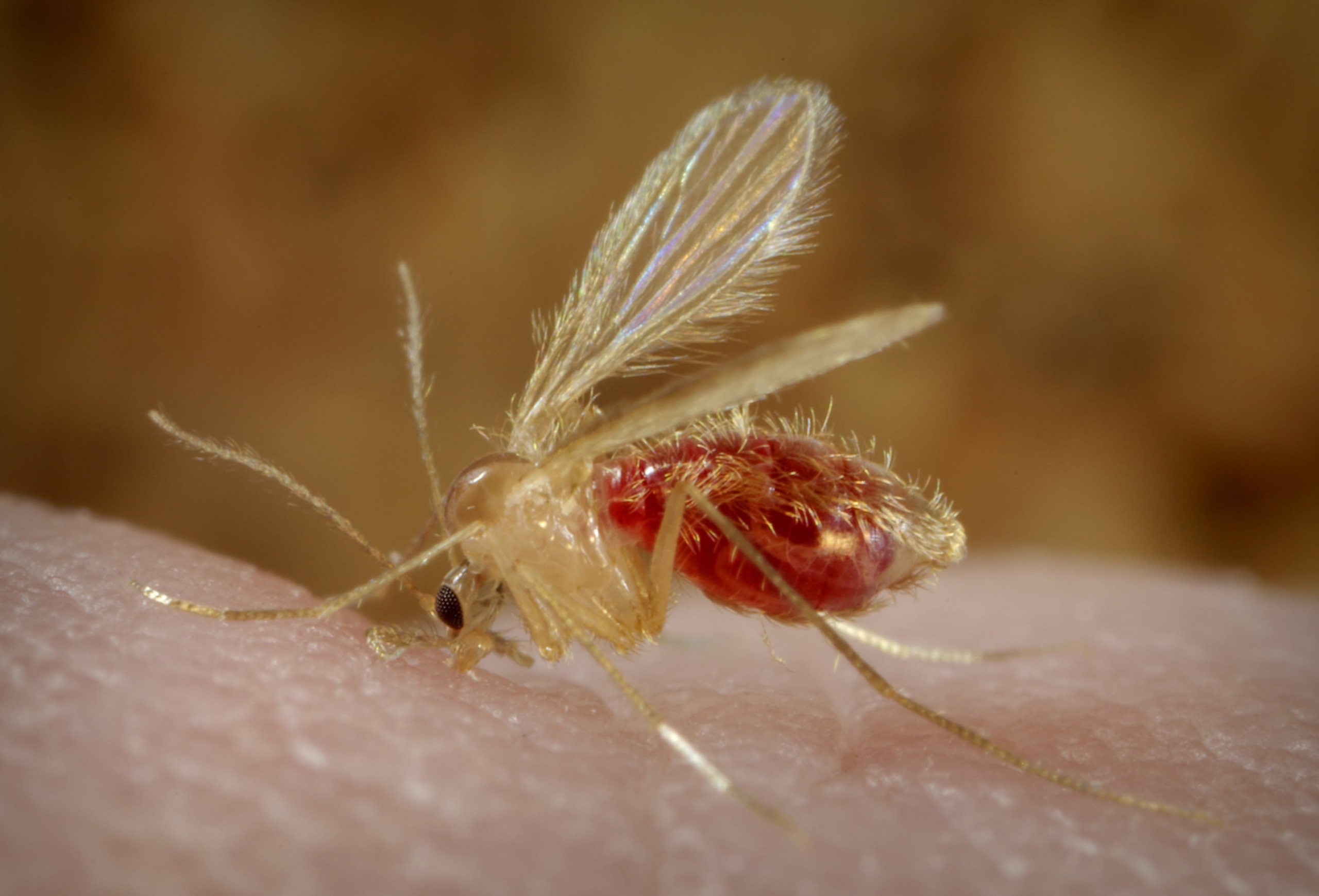Phlebotomus actually comes from the Greek phleps, phlebos meaning ‘vein’ referring to the blood sucking habit of sand flies
The ‘Phlebotomus’ or ‘sandfly’ is a small, hairy species of mosquito, straw coloured or brown, whose buzz is hardly noticeable but whose ‘bite’ can be fatal to dogs.

According to the pharmaceutical company MSD Santé Animale, the Pyrénées-Orientales are part of the geographical areas ‘most exposed’ to the risk of leishmaniasis, along with the rest of the French Mediterranean, Italy, Greece, southern Catalonia, Spain, and Africa.
With 40,000 cases declared each year in France, available treatments ‘slow the evolution of the disease but do not cure the dog’, which must have follow up by a vet for the rest of his/her life.
Preventive measures against leishmaniasis include vaccination, monthly treatment with a recommended repellent insecticide – and keeping the dog indoors in the evening, when your dog is most vulnerable to these unpleasant little critters!
The phlebotomus can carry and transmit leishmaniasis, (pronounced leash man eye a sis), a disease first recorded in the Pyrénées-Orientales in 1920.
There are however various medications on the market, and it is important to to protect your dog against this from March to October in the P-O.
THE PHLEBOTOMUS
These villains are rarely seen during the day. Their favourite habitat is gardens, parks and woodland or any humid place. In fact, the name ‘sand fly’ is misleading as you will not find them on the beach!
As with the common mosquito, only the female bites. When she does so, parasites are deposited on the skin. A tiny skin lesion – called a chancre – appears at the site of the bite, usually in the muzzle or the ear. The parasite then invades the dog’s cells, spreads into the internal organs and can begin to damage the immune system.
TREATMENT
Any dog can catch Leishmaniasis, although there is some evidence to indicate that larger dogs are more susceptible. No dog-to-human transmission has been reported
Vets used to recommend a once or twice yearly blood test to ensure that your dog was not infected but this is rarely suggested now as more treatments have become available.
Since 2015, a vaccine has been available, although long term side effects are still not yet fully researched. Take advice from your vet – then make up your own mind. Sift carefully through information you may find on the Internet. Different people have different experiences of different treatments.
Some vets will tell you that the vaccine is no more efficient than Scalibor collars and spot ons (Advantix and other makes), flea treatments which both act to kill sandflies and help reduce the chance of dogs getting bitten.
Be sure to get the maximum amount of information from your vet first to make sure you are making the right choice.
EVENTUAL SYMPTOMS MAY INCLUDE ………
Symptoms can be quite vague initially, and the disease can really only be detected by a blood test. Eventual symptoms may be loss of hair around the eyes and nose, unusually fast nail growth, weight loss despite, continued good appetite, unexplained scabs on the body, dandruff, bald patches on the skin, conjunctivitis…
PREVENTION
✌ Vaccine
✌ Advantix spot on
✌ Scalibor collars with deltamethrin from March to November. (Ordinary flea/tick collars do not provide protection).
✌ Use anti-repellent soap to bath dog from May to Nov.
✌ Avoid wooded areas at dawn and dusk as these are peak activity times for the sandflies
✌ Keep well informed about the disease in order to give your dog the best protection you can. Research and treatment is evolving all the time.
